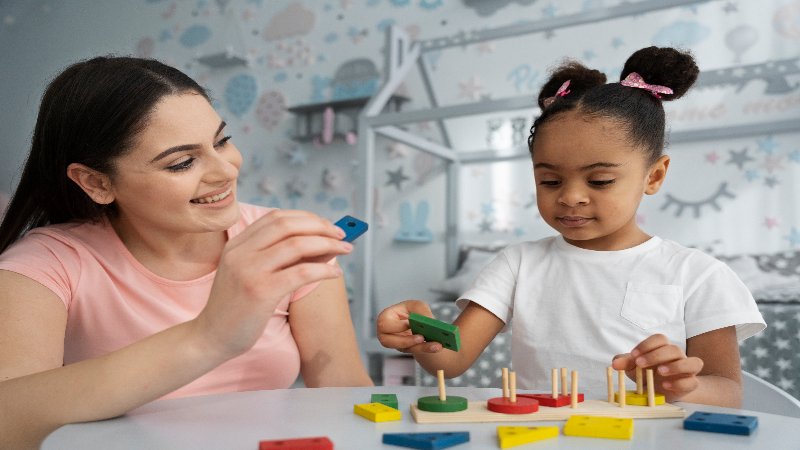When parents first hear about Applied Behavior Analysis, or ABA therapy, it often comes with a mix of hope and hesitation. For families navigating autism or developmental challenges, ABA is one of the most widely recommended approaches.
But despite its popularity, there is still confusion about what ABA actually involves and what it does not. Understanding the heart of this therapy can help families make informed, compassionate decisions that truly support their child’s growth.
ABA therapy is not a universally applicable solution. It is a framework built on observing behavior, understanding why it happens, and using positive reinforcement to encourage meaningful change. At its best, ABA is collaborative, respectful, and tailored to the child’s unique needs. At its worst, it can feel rigid or misunderstood. That’s why having clarity is essential.
The Core Principles of ABA
At its foundation, ABA therapy focuses on how behavior works. It looks at the relationship between actions and consequences. The goal is to encourage positive behaviors while minimizing those that hinder learning or social connection. This might include teaching communication skills, improving attention span, or helping a child navigate transitions more smoothly.
Everything begins with a detailed assessment. Therapists observe the child in different settings, identify patterns, and set goals. These goals are broken down into small, achievable steps. Progress is tracked closely, and strategies are adjusted as needed. Reinforcement plays a key role.
When a child succeeds, they receive encouragement or a reward that is meaningful to them. Over time, the procedure builds confidence and consistency.
What ABA Is Not
ABA therapy is not about forcing a child to behave like everyone else. It is not designed to erase personality or suppress individuality. The goal is not compliance for the sake of control. Instead, ABA should support the child’s learning skills and help them thrive in their environment while honoring who they are.
It’s not a quick solution either. ABA takes time, patience, and ongoing collaboration between therapists, parents, and educators. Results are gradual and depend on many factors, including the child’s age, developmental level, and the consistency of support.
Critics of ABA often point to outdated methods that relied heavily on repetition or lacked sensitivity to the child’s emotional experience. Modern ABA has evolved. Many practitioners now emphasize play-based learning, natural environments, and child-led goals. The focus is shifting toward empowerment rather than correction.
The Rise of ABA Therapy at Home
One of the most promising developments recently is the growth of ABA therapy at home. This model brings therapy into the child’s natural space, allowing for more personalized and flexible support. It also helps parents become active participants in the process, which can strengthen outcomes and deepen understanding.
Home-based ABA can be especially effective for building daily living skills. Whether it’s brushing teeth, getting dressed, or navigating mealtime routines, learning within real-life contexts makes skills more meaningful and easier to remember. Therapists work alongside families to create routines that are realistic and sustainable.
For children who struggle with transitions or sensory sensitivities, ABA therapy at home offers a gentler approach. There is no need to adjust to a new environment or unfamiliar faces. The comfort of home can reduce anxiety and increase engagement.
Collaboration Is Key
Successful ABA therapy depends on trust. Therapists must listen to families, respect cultural values, and adapt strategies to fit the child’s personality. Parents should feel empowered to ask questions, share observations, and advocate for their child’s needs.
When ABA is done well, it becomes a partnership. It is not about fixing a child. It is about assisting them in developing skills that lead to connection, independence, and joy. Celebrating every bit of progress, no matter how small, helps build a strong foundation for lifelong learning.
Understanding what ABA is—and what it is not—can help families approach it with clarity and confidence. Whether in a clinic or through ABA therapy at home, the goal remains the same: to support each child in becoming their fullest, most authentic self.
See Also: Raising Creative Thinkers: How Art Classes Help Kids Express Themselves
